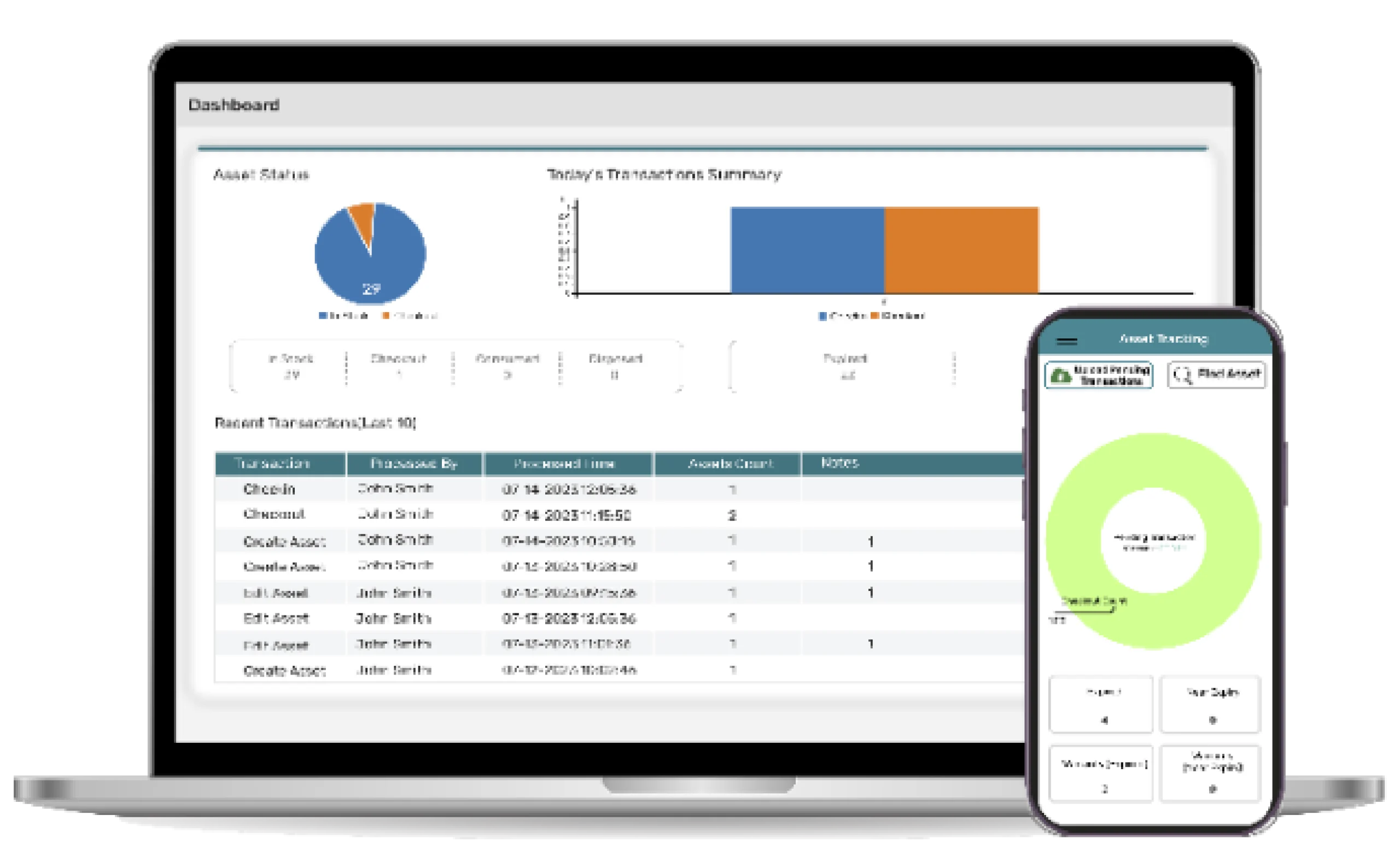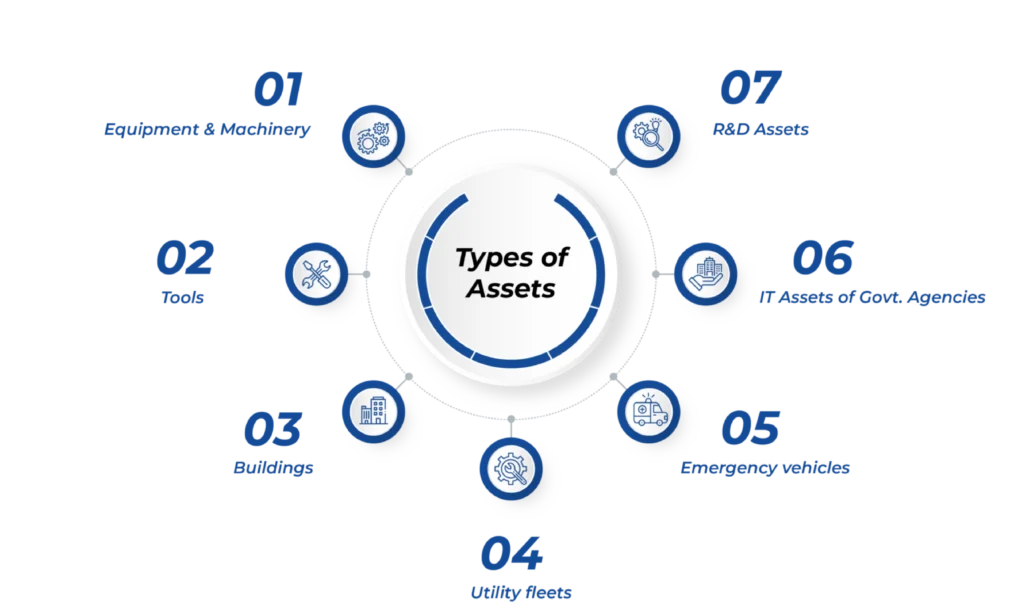
Streamlined RFID Software Tailored for Government Operations
TagMatiks AT Gov. is an advanced RFID-based software solution specifically designed to help government entities manage their assets with precision and efficiency. By leveraging cutting-edge RFID technology, this platform offers unparalleled asset visibility, streamlined workflows, and scalable device support.

Features and Benefits
Why TagMatiks AT Gov.
RFID Tagging Option
TagMatiks AT Gov Support for a wide variety of options to associate your RFID tags to your assets, it provides you the option to tag assets using RFID printers and fixed readers. This enhances the accuracy and efficiency of asset tracking, reducing manual errors and ensuring real-time data capture during transactions.
Automated Asset Transactions
The TagMatiks AT Gov supports the creation of automated processes for asset transactions using fixed readers. This automation streamlines workflows, minimizes manual intervention, and ensures consistent and accurate asset tracking throughout the organization.
Advanced Reporting
The TagMatiks AT Gov provides detailed reporting options, including reports based on asset location, status, and transaction types. Additionally, scheduled reports also can be configured to automatically send critical information to concern person at specified times
Event Monitoring
The TagMatiks AT Gov provides the option to monitor the events, such as additions, movements, and other transactions of assets. This capability ensures that all events are tracked and recorded, offering better oversight and control over asset management.
User Management and Control
With customizable user roles and permissions, TagMatiks AT Gov ensures controlled access to the system. This feature boosts security by allowing users to access only the functionalities and data relevant to their roles, thereby maintaining the integrity and confidentiality of asset information.
RFID & Sensor Support
TagMatiks AT Gov provides advance settings for fixed readers and antenna management. It supports GPIO for sensor integration, enabling alarms and stack lights for efficient asset management with clear visual and audio signals.
Real-Time Visibility of Assets of public
Gain instant access to the location and status of all assets. Govt. system provides real-time data, ensuring that you always have up-to-date information at your fingertips.
Streamlined Operations
Automate asset management processes to save time and reduce administrative burden. From acquisition to disposal, our system simplifies every step of the asset lifecycle.
Secure and Scalable
Built with robust security measures to protect sensitive data, our system is scalable to meet the needs of gov agencies of all sizes.
Enhanced Accountability
Track assets with precision, reducing loss and theft. Our solution maintains a detailed history of asset movements and usage, promoting transparency and responsibility.
RFID Asset Tracking in Action
Explore how leading companies are adopting RFID4U's TagMatiks Asset Tracking Enterprise solution to track and manage their assets.
How to get started with RFID Asset Tracking
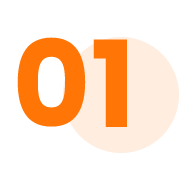
Install and Configure Hardware
Set up RFID readers and printers seamlessly with TagMatiks AT Gov.
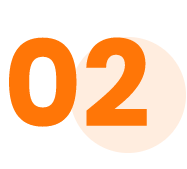
Create ReadZones
Define locations and assign asset workflows for precise tracking.
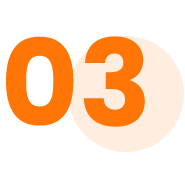
Encode RFID Tags
Customize tags to meet operational requirements and attach them to assets.
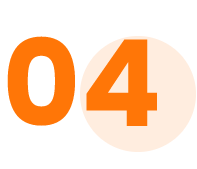
Real-Time Tracking
Monitor check-ins, check-outs, and asset transfers effortlessly.
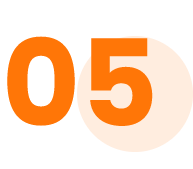
Generate Reports
Access detailed analytics for informed decision-making and compliance.
Benefits of TagMatiks RFID Asset Tracking for Government Agencies

- Improved Efficiency: Automate tracking and management processes to reduce manual labor and errors in Governmental Departments.
- Cost Savings: Minimize loss of organization funds and improve asset utilization, leading to significant cost reductions in different Governmental departments.
- Enhanced Security: Protect the assets of the public with secure tracking solutions, ensuring sensitive equipment and information remain safe.
- Greater Transparency: Maintain clear records and visibility into asset usage, supporting accountability and audit readiness.
- Strong Accountability : Organization should be more accountable to the public for their assets.
Why Choose TagMatiks AT Gov.?
- Industry-Leading RFID Expertise: With over 25 years of dedicated experience in RFID technology, TagMatiks AT Gov. is developed by seasoned RFID professionals. This extensive background ensures unmatched reliability, advanced features and continuous innovation in asset-tracking solutions.
- Designed for Government Needs: Flexible software designed to meet the specific and evolving requirements of government operations.
- Trusted by Government Entities: Trusted by leading agencies, including the Department of Defense, for secure and efficient asset management.
- Seamless Hardware Integration: Supports a wide range of RFID printers and readers, ensuring compatibility and smooth operational workflows.
- Comprehensive Support and Training: Benefit from expert guidance, dedicated support, and training resources for quick implementation and effective use.
Understanding RFID Technology and RFID Asset Tracking Solutions for Different Industries
Applications of TagMatiks AT in Gov
Explore applications where TagMatiks AT is being used for asset tracking and management

